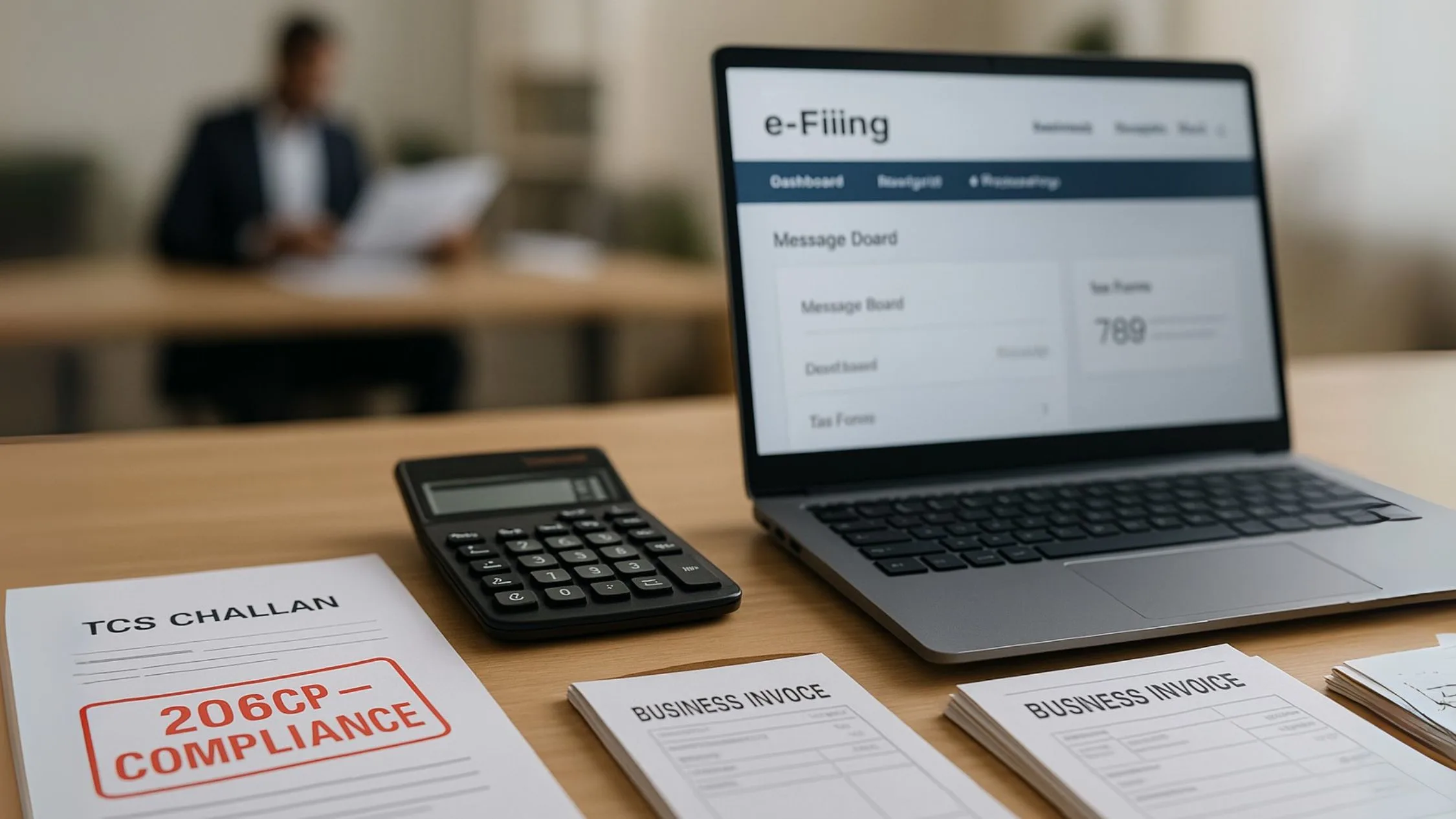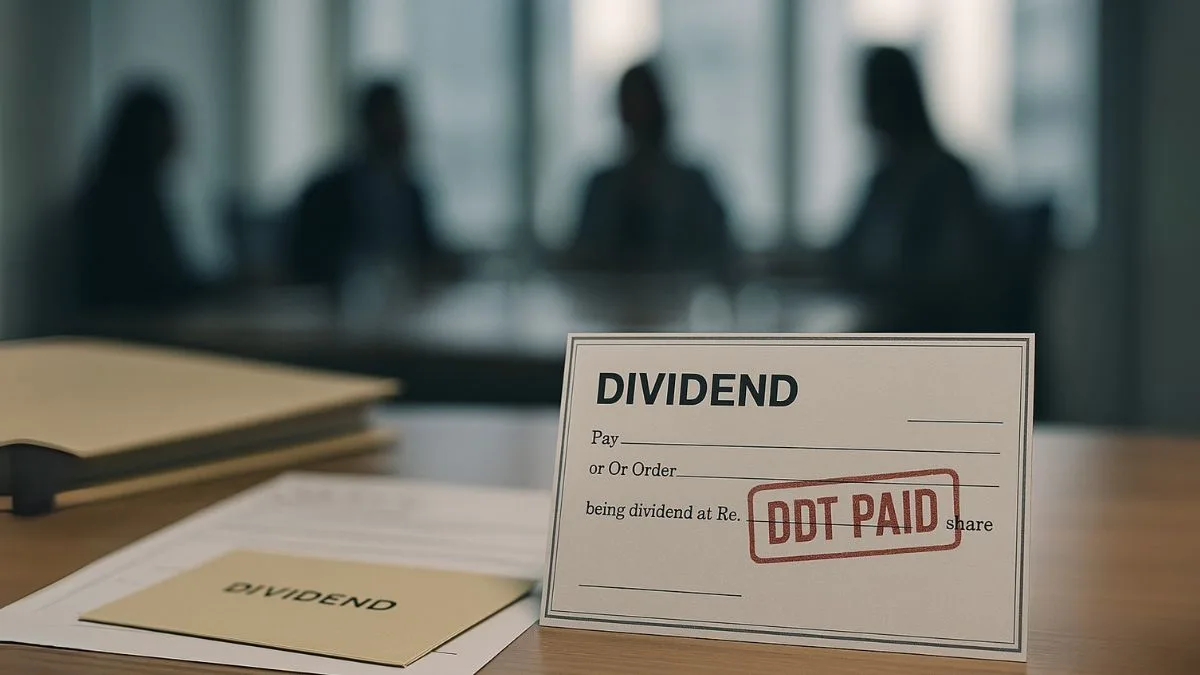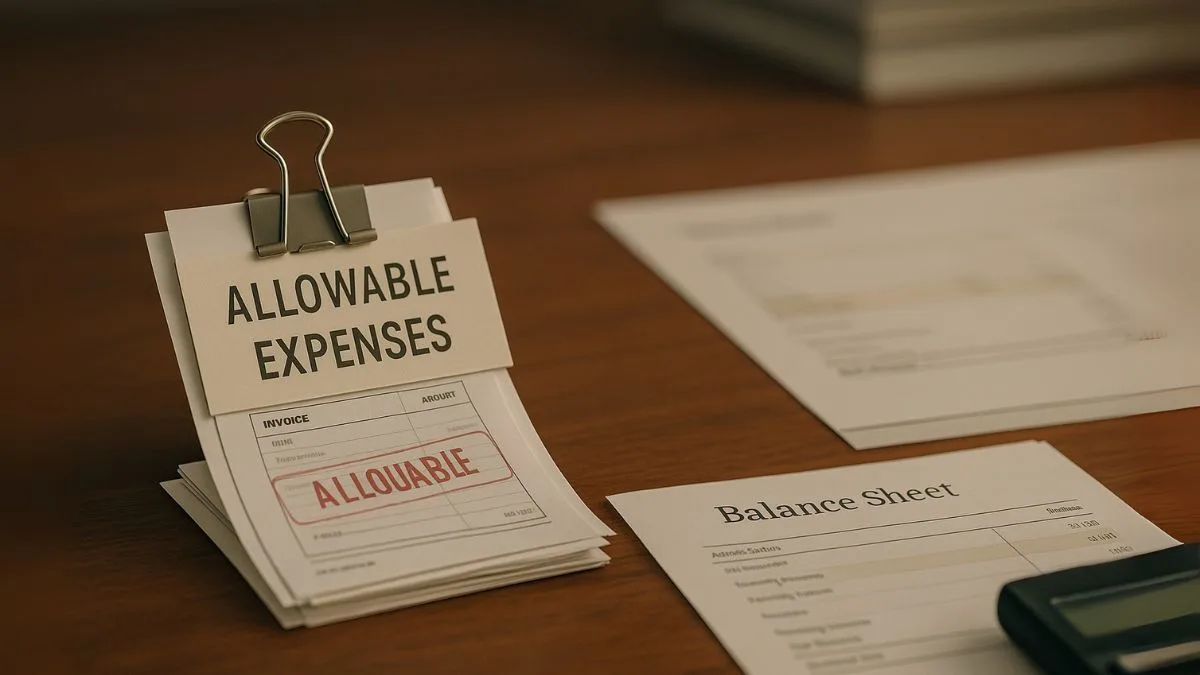
The Indian Income Tax Act has several provisions designed to track, monitor, and regulate high-value transactions. One such important compliance rule is Section 206C(P). Introduced to bring transparency in trade, it puts the responsibility on sellers of goods to collect a portion of tax from buyers once the transaction crosses a threshold.
In simple terms, when a seller receives more than ₹50 lakh from a buyer in a financial year, they are obliged to collect tax at source (TCS). This ensures that large-scale sales are reported to the Income Tax Department, reducing chances of under-reporting and tax evasion.
This article explains what Section 206C(P) is, who it applies to, how it works, benefits, limitations, and practical examples for clarity.
What is Section 206C(P)?
Section 206C(P) of the Income Tax Act deals with Tax Collected at Source (TCS) on the sale of goods. Unlike income tax which is paid by the earner, here the seller collects the tax from the buyer at the time of payment & deposits it with the government.
The core idea is straightforward:
- Threshold Limit: If the value of goods sold to a buyer exceeds ₹50 lakh in a financial year, this section gets triggered.
- Rate of TCS: The seller collects tax at the prescribed rate (generally 0.1% on sales above the threshold).
- Applicability: Only eligible sellers whose turnover exceeds ₹10 crore in the previous financial year are required to collect this tax."
This way, high-value transactions are directly linked with the buyer’s PAN & reported to the government.
High-value transactions are closely monitored by the Income Tax Department. Our CA team ensures your reporting is compliant and risk-free. 👉 click here
Why Section 206C(P) Was Introduced
The government introduced this section with three main objectives:
- Widening the Tax Base
Many high-value transactions went unreported earlier, causing tax leakage. Section 206C(P) ensures better monitoring. - Ensuring Compliance
Since sellers must collect tax when receiving more than ₹50 lakh, compliance responsibility shifts to businesses, making the system more reliable. - Discouraging Cash Transactions
By mandating TDS on the sale of goods exceeding INR 50 lakhs, the law discourages large unmonitored cash dealings & promotes digital transparency.
Also Read: TCS on Specified Goods and Profits
Applicability of Section 206C(P)
The section applies to:
- Sellers: Whose business turnover exceeds ₹10 crore in the preceding financial year.
- Buyers: Any person (other than exempt entities like government, local authorities, and notified organizations).
- Transactions: Sale of goods where receipts from a single buyer cross ₹50 lakh in a year.
Exemptions:
- Exports of goods.
- Goods already covered under other TCS provisions like scrap, liquor, tendu leaves, etc.
- Buyers like central government, state government, embassies, & notified institutions.
How Does TCS Work Under Section 206C(P)?
Let’s understand with an example:
A company “ABC Traders” has a turnover of ₹20 crore in the previous financial year. During the current year, it sells goods worth ₹80 lakh to one buyer.
- Threshold: First ₹50 lakh is exempt.
- Taxable Amount: ₹30 lakh (₹80 lakh – ₹50 lakh).
- TCS Rate: 0.1%.
- TCS to be Collected: ₹30,000.
Thus, ABC Traders must collect ₹30,000 as TCS from the buyer & deposit it with the Income Tax Department.
Even genuine big-ticket purchases can invite scrutiny if TCS isn’t reported properly. Is your reporting error-free? 👉 click here
Key Features of Section 206C(P)
- Threshold of ₹50 Lakh
TCS is applicable only after crossing this limit for each buyer. - TCS Rate
Standard rate is 0.1% (may vary in case of non-furnishing of PAN/Aadhaar). - Compliance Responsibility
The seller is responsible for collection & deposit of TCS. - Mandatory PAN/Aadhaar
Buyers must provide valid details, else higher rates apply." - Digital Linkage
Every collection is linked to the buyer’s income tax records, ensuring traceability.
Also Read: A Complete Guide to TCS on Sale of Goods
Benefits of Section 206C(P)
- Better Monitoring
It requires certain eligible sellers to deduct Tax Collected at Source (TCS), ensuring that high-value sales are reported. - Prevents Tax Evasion
By ensuring that sellers collect tax upfront, chances of misreporting decrease. - Ease for Buyers
The TCS collected can be adjusted against their final tax liability at the time of filing returns. - Government Revenue Boost
Helps the government track high-value goods sales efficiently.
Challenges Faced by Businesses
- Increased Compliance Burden
Sellers must maintain detailed records of buyers & transactions crossing the limit. - Cash Flow Issues
Since TCS is collected on receipts, sellers may need to advance payments to the government even if buyers delay. - Complexity in Multi-Branch Transactions
Identifying buyer-wise receipts across branches becomes challenging.
Most buyers think TCS is just an extra cost. In reality, it directly affects your income tax filings and refund cycle. 👉 click here
Difference Between TDS and TCS Under Section 206C(P)
- TDS: Deducted by the payer (buyer) while making payment to the payee (seller).
- TCS: Collected by the seller at the time of sale & deposited with the government.
Here, Section 206C(P) specifically deals with TCS on the sale of goods beyond the ₹50 lakh threshold.
Compliance Requirements
- Collection of TCS at applicable rates.
- Deposit with Government by the 7th of the next month."
- File TCS Returns (Form 27EQ) quarterly.
- Issue TCS Certificate (Form 27D) to buyers.
Non-compliance attracts penalties, interest, & possible prosecution under the Income Tax Act.
Also Read: Higher TDS for Non-Filers?
Practical Example
Suppose a wholesaler sells electronics worth ₹1.2 crore to one retailer in a year.
- First ₹50 lakh = exempt.
- Remaining ₹70 lakh = subject to TCS at 0.1%.
- TCS = ₹70,000.
This amount is collected from the buyer & later adjusted when the buyer files their income tax return.
Conclusion
Section 206C(P) of the Income Tax Act is a vital provision to ensure accountability in high-value sales. By making sure that sellers must collect tax when receiving more than ₹50 lakh, and by mandating TDS on the sale of goods exceeding INR 50 lakhs, the government has created a transparent tax trail. The rule also requires certain eligible sellers to deduct Tax Collected at Source (TCS), shifting responsibility to businesses for effective compliance.
For businesses dealing in large volumes, understanding & adhering to Section 206C(P) is non-negotiable. Proper compliance not only avoids penalties but also builds credibility with stakeholders.
👉 Confused about whether Section 206C(P) applies to your business? Visit Callmyca.com and let our experts simplify tax compliance for you while helping you save big on legitimate tax benefits.











